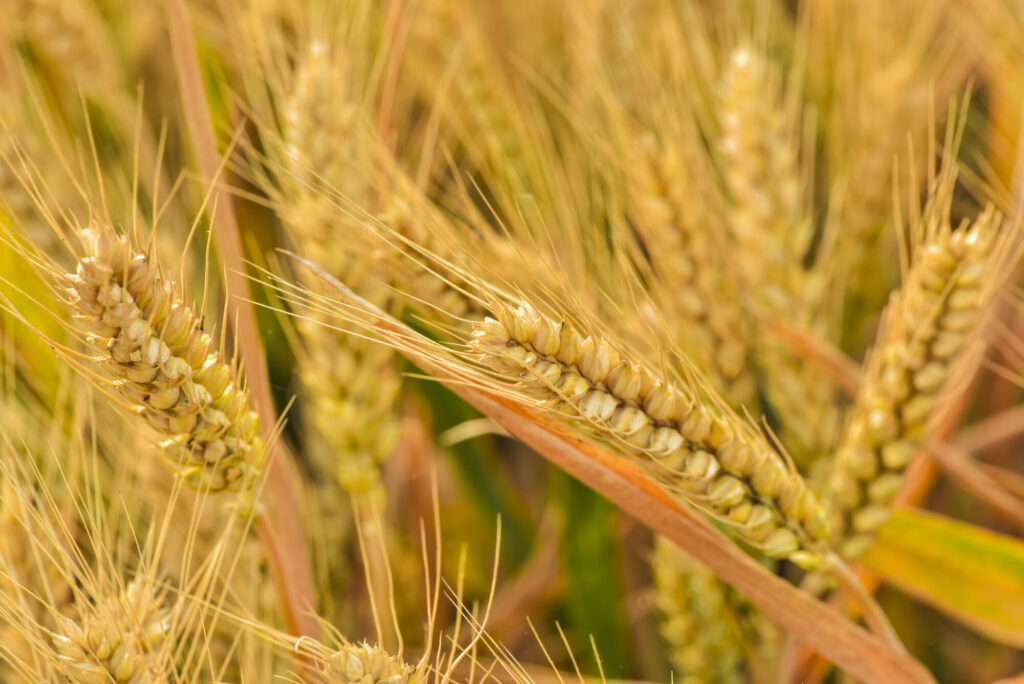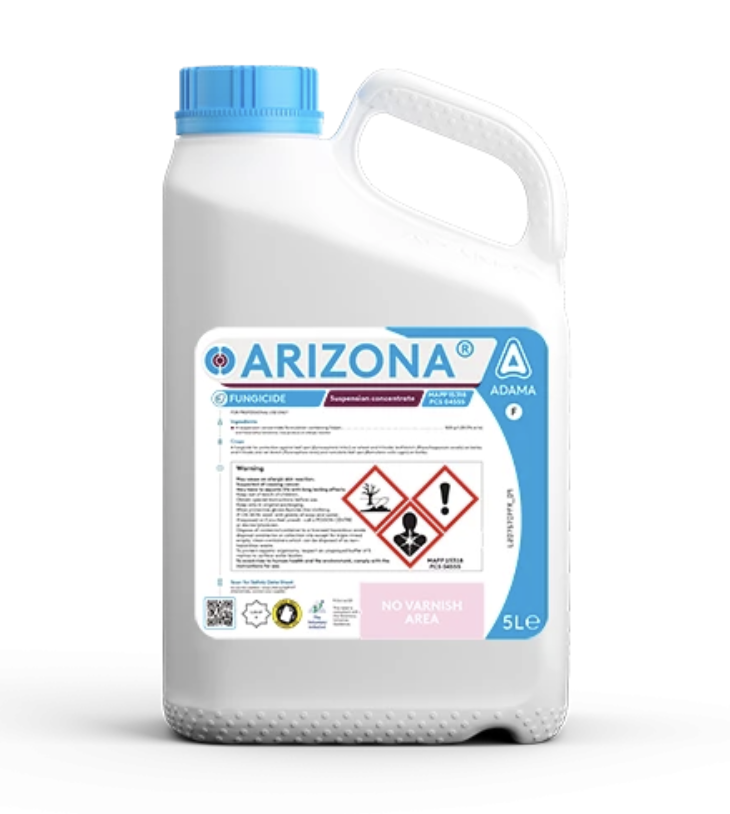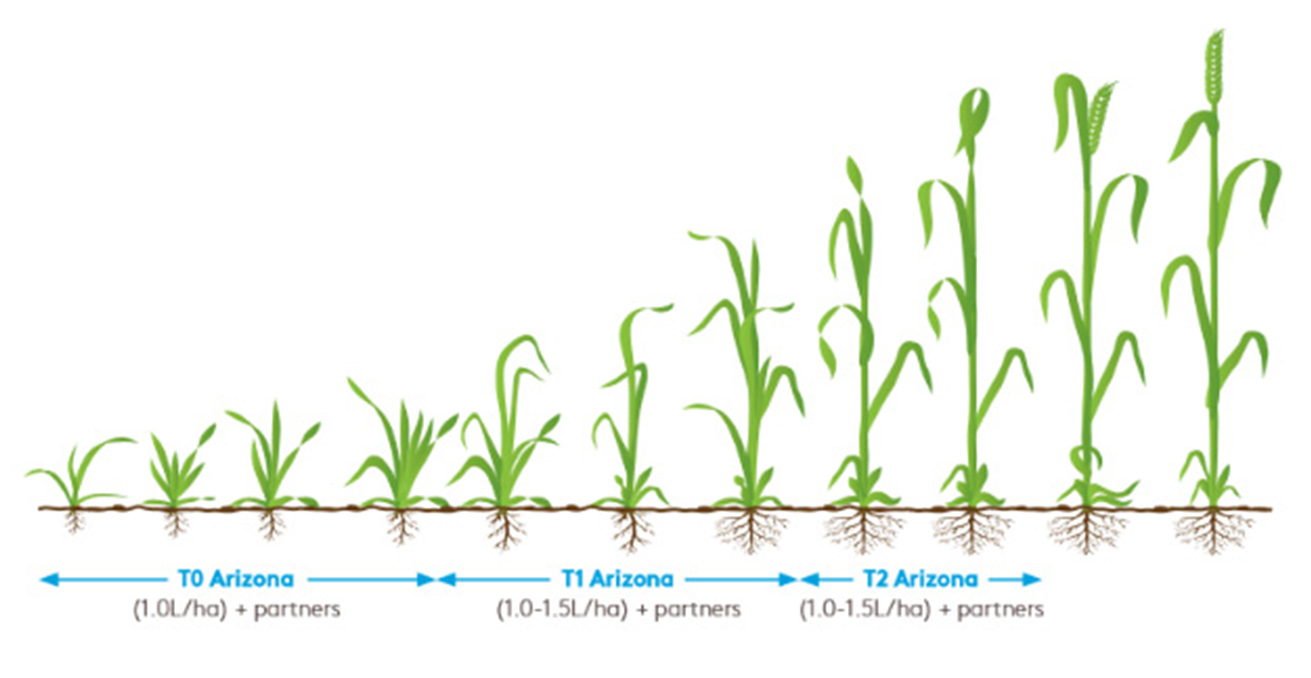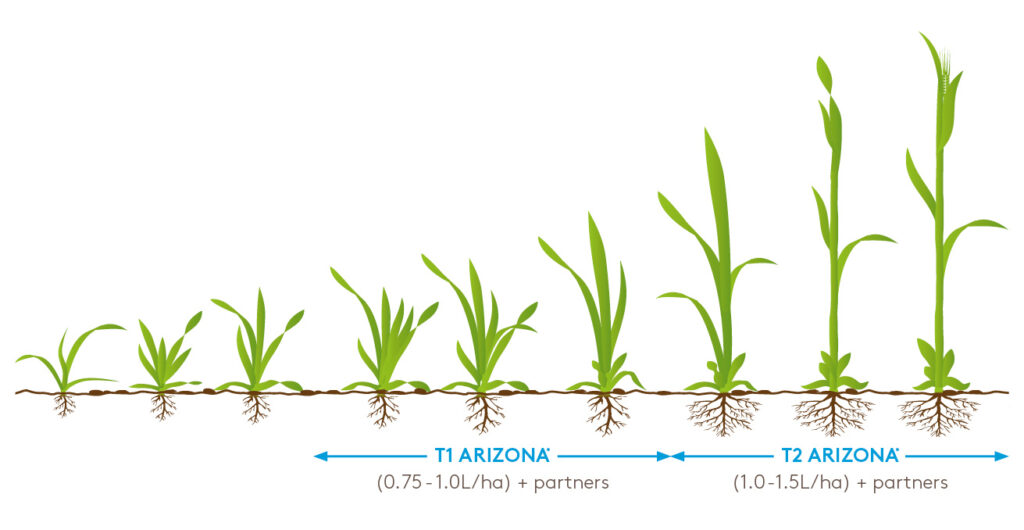Powering up disease control with multi-site efficacy this 2024 season
15th February 2024
After one of the wettest winters since records began, there’s a significant amount of disease present in those cereals which were drilled early and survived the winter successfully. Without knowing how the spring will unfold, it’s impossible to predict with any level of certainty how much disease pressure spring drilled crops will face. But it’s safe to say that crops in both camps (winter or spring drilled) will need a carefully considered programme of fungicides to ensure they go on to achieve their true yield and quality potential.

Protection, not cure
The critical factor in ensuring all cereal crops receive adequate protection from diseases such as septoria, rusts, ramularia and rhynchosporium is to ensure that a suitable fungicide programme starts as early as possible, preferably before infections take hold.
With several fungicide active ingredients showing signs of reduced efficacy (particularly SDHI chemistry which continues to be eroded by increasing levels of disease resistance), it is important to limit the exposure of at-risk active ingredients. This is best achieved by using a range of fungicides throughout the season, and by partnering different active ingredients with products of an alternative mode of action.
For example, to improve disease control efficacy and protect the current armoury of single site fungicides, a multi-site fungicide such as folpet should be included at key stages in the crop protection programme.
Multi-site efficacy and value
Arizona (folpet 500 g/l) is a unique multi-site fungicide that provides valuable additional protection against key diseases in wheat and barley. It also delivers a reliable return on investment through enhanced disease control, and safeguards the efficacy of partner products as part of an anti-resistance strategy.
The inclusion of Arizona (folpet 500 g/l) offers the following advantages:
- Enhances disease control by providing additional activity against septoria in wheat, and ramularia, net blotch, and rhynchosporium in barley. It also provides a useful reduction of yellow and brown rusts, as well as intrinsic activity against mildew.
- Delivers a reliable return on investment by extending green leaf area duration, resulting in higher yields and enhanced crop quality: every £1 spent on ARIZONA will provide a £4 return on investment.
- Arizona’s unique folpet multi-site mode of action makes it the only fungicide that has been proven to extend the effective lifetime of at-risk fungicides by delaying the development of resistance.
| ‘Every £1 spent on ARIZONA will provide a £4 return on investment.’ (Based on 224 trials carried out from 2019 to 2023. Based on wheat at £200/tonne.) |

When to use Arizona
In wheat, T1 is the priority timing for the control of septoria. Using Arizona at this timing will provide a positive yield response and reliable return on investment. For the best results, a second application at T2 will further enhance disease control and protect partner chemistries. In higher risk situations, e.g. a susceptible variety facing high disease pressure, Arizona should also be included at T0 to provide early season protection before diseases take hold.
In barley, T2 is the key timing in any scenario, especially for the control of ramularia. Arizona can also be used at T1 when its inclusion will provide added protection against rhynchosporium, or at T0 when the season dictates that early protection is required. To achieve the best control of both diseases, Arizona should be included at T1 and T2.
Powered by proven technology
Arizona is formulated using Adama’s MSI Protech technology :
- Proven to extend the life of at-risk fungicide partners.
- Manufactured to a consistently high specification.
- Continuous research and product development to ensure the highest standards of technical support.

For more information, subscribe to the Adama crop protection hub here.




